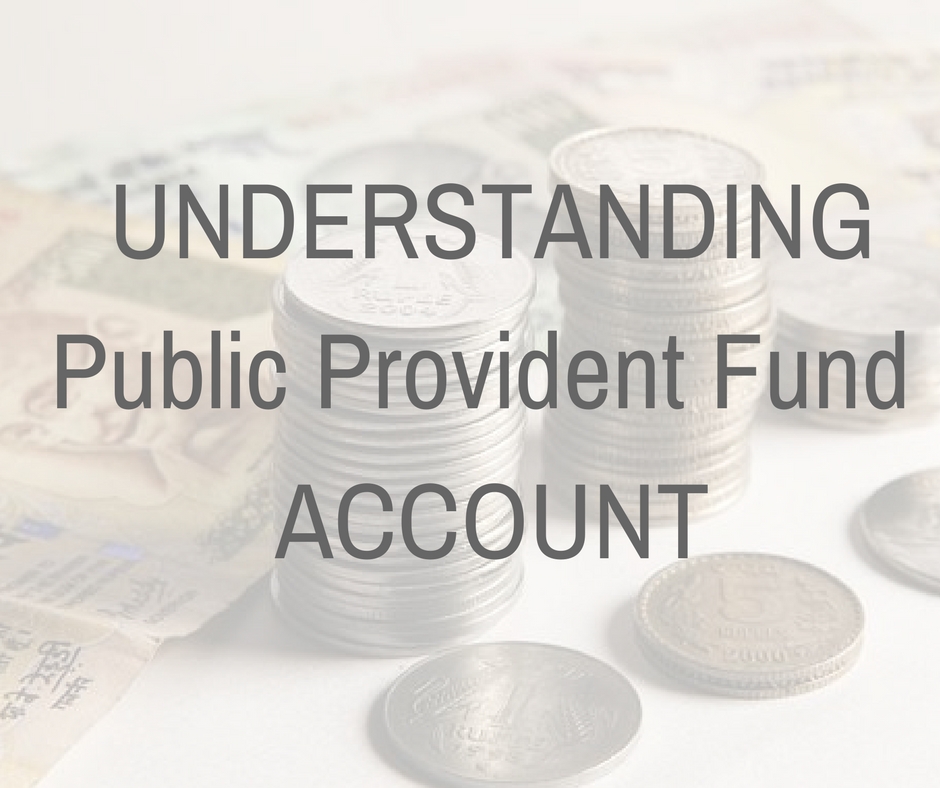Understanding Public Provident Fund
- 25 May 2017 | 1109 Views | By Mint2Save

The Public Provident Fund is a tax-free savings scheme of the central government for the citizens of India framed in the year 1968. The interest earn on the deposits in the PPF account are not taxable. Deposits that are made under PPF accounts can be claimed as tax deductions. If you’re looking for an exemption on the money invested by you, interest that is not taxable and a maturity amount that is exempted from tax then this is the best instrument for you which makes the Understanding Public Provident Fund (PPF) Scheme one of the most tax efficient instruments in India. This scheme was launched to encourage savings of people in general, especially to encourage them to create a retirement amount.
Public Provident fund comes under the PPF Act 1968 with the features as follows:
- Who can open a PPF account? Only the citizen of India (18 years or older) who is a Resident Indian can open a PPF account.
- Where can individual open PPF account? PPF accounts are opened at any national banks, authorized bank and authorized post offices. PPF accounts can be opened by private or certified banks such as ICICI bank, Axis banks and online
- Legal Formalities: PPF accounts can be opened by filling out the forms, submitting the applicable documents and depositing the minimum pay.
- Tenure: PPF is opened for a period of 15 years. This tenure continuance can be further extended for a minimum period of 5 years, with or without making additional deposits.
- Joint accounts: Joint accounts are not allowed
- Premature closure: Premature closure of account is allowed after the completion of 5 years.
- Initial deposit: Rs.100 to open the PPF account
- Annual Deposit: In a financial year, an investor can deposit minimum Rs. 500 and maximum of Rs.1, 50,000 in their PPF account (can be revised as per government rules).
- Tax: Interests in PPF account are tax-free and deposited amounts are tax deductible under section 80C of the Income Tax Act.
- Interest rates: Government pays yearly interest on the balance in the PPF account as interest rates are announced by the government periodically or annually and interest is compounded yearly (of current rate at 8.1%p.a.) . Also the interest that is earned in the PPF account can only be redeemed after maturity.
- Withdrawals: Premature withdrawal of the amount in PPF can be made from the 7th year onwards (subject to conditions). This withdrawal amount is limited to 50% of the previous year balance.
- Loan: Loan against the balance in PPF account can be availed after three to six years. At the time of maturity the amount which would be received is completely tax-free.
- Deposit means: It could be via cash, cheque, DD, PO online funds transfer etc..
- Nomination: Nomination is allowed on opening the account or after.
- Transfer of funds: Funds or accounts are not transferred between people, but can be transferred between banks or post offices for free.
PPF is a long term investment scheme and have the power of Compounding as more the numbers of years for which you invest better the returns you will get. This interest rate is decided by the government every year thus it is not fixed. The interest is calculated on the minimum balance in account between the 5th day and the last day of the month and the interest is credited to the PPF account by the end of the financial year on March 31st each year.
At any time after your account get matures i.e. when the 15 years of the period is over, you can withdraw the entire balance by using form of PPF. Interest will persist to be paid on your account and you will receive your amount including the interest up to the last month. If you select to extend your PPF account by subscribing for a 5 year block, you can even make partial withdrawals of equal to 60% of the amount standing at your credit at the start of this 5 year period.
You can also have a PPF account in the name of a minor child of whom you are the parent or guardian. But that will be your minor child’s account.
If you are having more than 1 account in your own name then the second account will get deactivated, and only your principal amount will be returned to you.
This scheme is generally made to promote more savings by the individuals and to help them at their retirement stage by returning benefits of this scheme.









